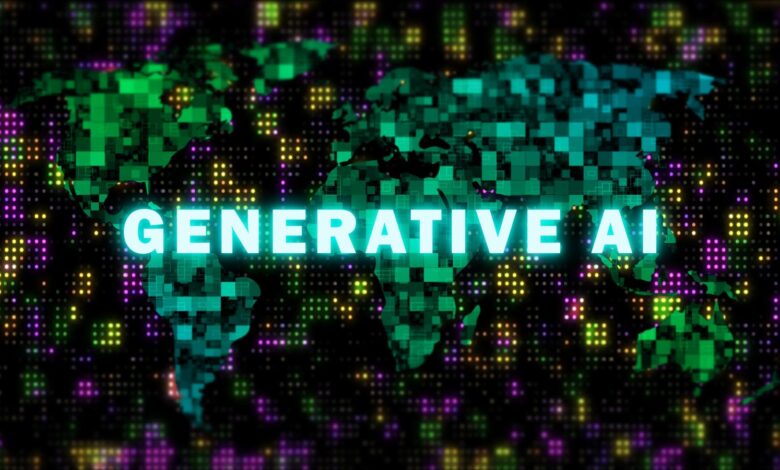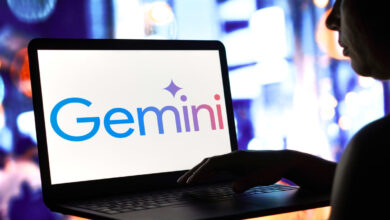Gen AI Pricing Changes In 2024

Gen AI Pricing Changes In 2024
There seems to be a disconnect between the forward-looking communications by CEOs or other senior people and what we see actually happening in enterprises.
Almost every CEO says generative AI will be hugely transformative. It will restructure business. There is a lot in the press with examples of firms making big investments in generative AI. But a lot of it comes in the form of tech firms.
For example, consider the chips that drive AI. There is a big rush to build data centers and compute capacity that allows the generative AI models to run. These are the hardware players.
But when we look at the actual usage in large organizations, who is using gen AI? What is creating the gen AI wave?
At this point, it looks like much of the money being spent is not for companies using it. The actual consumption of generative AI by companies and individuals seems to be quite limited.
Yes, a few generative AI applications have moved into production. But as I blogged in the past, it does not look like a high proportion of those pilots that companies experimented with in 2023 will move into production in 2024.
Where is the disconnect coming from? We see tech firms making huge expenditures, but there is limited visible use in businesses. Not a lot of consumption is happening.
I believe it is quite probable that most of the visible expenditures for compute capacity were built in anticipation of large businesses moving quickly to adopt gen AI broadly. What if it does not happen that way? Are we looking at a premature set of investments?
The facts on the ground do not support the thesis that large organizations will be the primary consumers. Thus, we effectively have two sources of disconnect: those selling gen AI vs. those that consume it.
Therefore, it is unlikely that we will see deep, broad-scale adoption of gen AI in businesses in 2024. That is not to say we will not see examples of it having an impact. But in terms of broad consumption, no.
In addition, there is a rhetoric gap between senior leadership and the companies they lead. The senior leaders may pull back in their rhetoric over time. But how long that will take is unknown now. They may exit a point of exuberance and enter a cycle of practical reality that does not match the exuberance.
Consequently, prices for gen AI likely will fall. We already see Microsoft lowering its price in multiple ways. It is making its gen AI offering, Copilot, available to the consumer as well as to small companies. It is also lowering the threshold for companies in terms of the number of seats they must buy.
Basically, Microsoft is lowering the price for consumers rather than companies. Effectively, the firm is trying to segment the gen AI market and charge different prices in different parts of the market.
This premium pricing strategy makes sense. If consumption is not there to support it, we could start to see prices come down much more aggressively.
Another reason why we might see the current pricing for many of the models drop is that product companies attempt to price to value rather than to usage. They argue that this is a very powerful technology and creates a lot of business value; therefore, they can charge a high price for it.
History is not kind to those models. Pricing models tend to follow the cost to produce rather than the use of the technology.
Another factor is that many pricing vehicles are complicated. They use multiple variables to compute time and some combination of seats people allowed to use IT for tokens when people actually use the product. That is in addition to traditional software costs.
This complexity needs to resolve to much simpler models – potentially a software and usage model. That likely will further drop the effective price of gen AI as companies and individuals move forward in 2024.
As I said already, premium pricing is often based on value rather than the cost of use. It may be that product firms put in place compute capacity believing a huge wave is coming. But a more modest wave of consumption is likely to occur. Therefore, there are stranded costs, and excess capacity will drive prices down.
That is not to say that gen AI will have a significant impact. Rather, it is just that it looks like it will take time for companies and individuals to absorb the implications that apply to their firms and their own lives.



